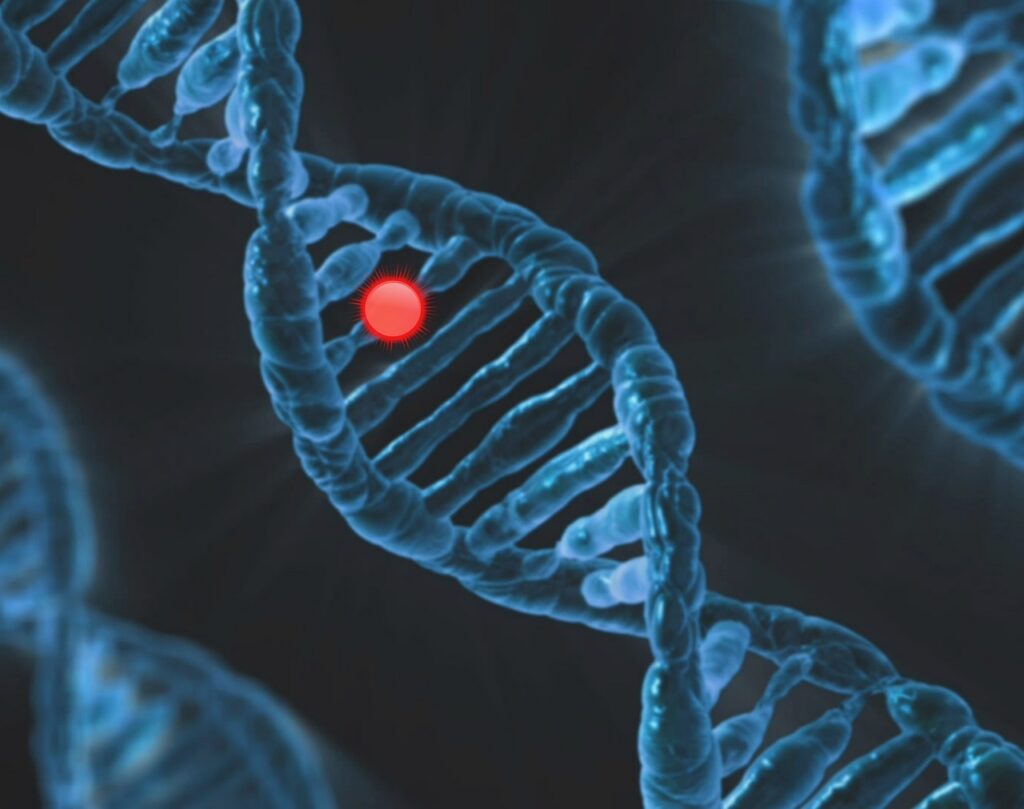CRISPR: The Genetic Scalpel Shaping Life Itself
“Genetics is a powerful tool for unlocking the mysteries of human health and disease.”
-Francis Collins
In 1987, researchers discovered a particular characteristic of bacterial DNA that would someday open the door to altering the blueprint of life. The development of CRISPR-Cas9 technology has turned gene editing from a pipe dream to a practical and accurate technique. This genetic scalpel has left us at a juncture where science, ethics, and the future of life itself must all be considered. But how did we get here, as well as what does the future hold for this remarkable innovation?
The History of CRISPR: From Bacteria to Breakthrough
CRISPR (Clustered Regularly Interspaced Short Palindromic Repeats) had a humble beginning in the field of microbiology. As researchers looked at how bacteria fight off viral infections, they noticed distinct repeating sequences in their DNA. It was discovered that these sequences were a component of an adaptive immune system, in which bacteria store viral DNA pieces in order to identify and fight against subsequent infections.
It wasn’t until 2012 that Dr. Jennifer Doudna and Dr. Emmanuelle Charpentier revealed how to use this device as a programmable DNA cutter. Researchers were able to target and alter particular genomic regions with previously unheard-of precision by pairing CRISPR sequences with an enzyme known as Cas9. This discovery earned them the 2020 Nobel Prize in Chemistry and paved the way for a revolution in genetic engineering.
The Precision Scalpel: How CRISPR Operates
Similar to a biological GPS, CRISPR-Cas9 directs researchers to particular DNA sequences. Once found, it precisely cuts the DNA like molecular scissors. Here is a detailed explanation:
Target Identification: To modify a DNA sequence, scientists create a guide RNA (gRNA) that matches the desired sequence.
Cas9 Activation: The guide RNA is coupled with the Cas9 protein.
DNA Binding and Cutting: Cas9 is guided to the target sequence by the gRNA, where it precisely cuts the DNA.
Cellular Repair: The natural repair processes of the cell take over. Researchers can use these mechanisms to alter, add, or remove particular genes.
Because of its ease of use and accuracy, CRISPR has revolutionized genetic alteration, lowering its complexity and expense while increasing its possibilities.
Applications Revolutionizing Medicine and Science
Gene Therapy: A Treatment for Hereditary Conditions
A new age in gene therapy is being led by CRISPR. Now being targeted are diseases like Duchenne muscular dystrophy and sickle cell anemia that were formerly thought to be incurable. In a groundbreaking 2020 study, researchers restored normal red blood cell function in sickle cell patients by using CRISPR to repair the faulty hemoglobin gene. With a 90% success rate in early studies, millions of people throughout the world have hope.
Agriculture: Providing Food for an Expanding Population
By making it possible to create crops that are more resilient to climate change and capable of producing larger yields, CRISPR is helping to address important food security issues as the world’s population is expected to exceed 10 billion people by 2050. This will assist to secure a stable food supply for future generations. Researchers have improved the nutritional value of staples like rice and wheat and created crops that can withstand drought. By modifying their growth genes, a Chinese team employed CRISPR in 2018 to create tomato plants with excellent yields. These developments have the potential to improve agricultural sustainability and lessen hunger.
Eradication of Disease: Beyond the Human Genome
Beyond humans, CRISPR can be used to fight illnesses like malaria. CRISPR, for example, has been used by researchers to produce genetically altered mosquitoes that cannot spread the malaria parasite. With the potential to drastically cut down on malaria transmission and save lives, these altered mosquitoes are presently being testing in pilot programs around Africa. By changing genes linked to the spread of parasites, scientists have created genetically edited mosquitoes that are unable to spread malaria. This strategy, which has the potential to save more than 600,000 lives a year, is being tested in pilot programs in Africa.
Obstacles and Moral Conundrums
CRISPR is controversial despite its potential. A worldwide ethical discussion concerning “designer babies” and the unintended implications of germline editing was sparked by the 2018 revelation made by Chinese scientist He Jiankui, who altered human embryos to make them resistant to HIV. A worldwide ethical discussion was sparked by the 2018 revelation by Chinese scientist He Jiankui that he had altered human embryos to render them immune to HIV. Unexpected genetic repercussions, “designer babies,” and fair access are still contentious issues.
Furthermore, the accuracy of CRISPR is not infallible. Risks arise from off-target alterations, which change unwanted DNA segments. Research indicates that between 0.1% and 5% of modifications have off-target impacts, highlighting the importance of thorough testing and protections.
CRISPR’s Future: Mapping the Unknown
Beyond Personalized Medicine
CRISPR has the potential to revolutionize personalized medicine in the upcoming decades. Imagine therapies that are individualized based on a person’s genetic composition, providing previously unheard-of effectiveness against conditions like Alzheimer’s and cancer. To improve their ability to identify and combat malignancies, researchers are already investigating the use of CRISPR to modify immune cells.
Synthetic Biology: Constructing Life from the Ground Up
Synthetic biology is advancing thanks to CRISPR, which enables researchers to create organisms with whole new functionalities. Bioengineered microorganisms have the potential to provide sustainable fuels, break down plastic trash, and create life-saving medications like insulin.
International Cooperation for Fair Access
International cooperation is crucial to achieving CRISPR’s full potential. Organizations such as the International Gene Editing Initiative are striving to create moral standards and guarantee that discoveries benefit everyone, not just the wealthy.
Redefining the Genetic Destiny of Humanity
More than just a revolutionary discovery, CRISPR is a tool that has the power to change how people perceive biology and our place in it. Its uses range from improving our ability to withstand food instability and climate change to healing illnesses. Nonetheless, its authority necessitates accountability, calling on society to carefully handle the moral and technical difficulties.
CRISPR gives the reader a preview of a time when human creativity will overcome biology. Generations to come will be shaped by the decisions we make now on its use. Are we prepared to use this authority sensibly? The potential to change lives has never been greater, but only time will tell.






